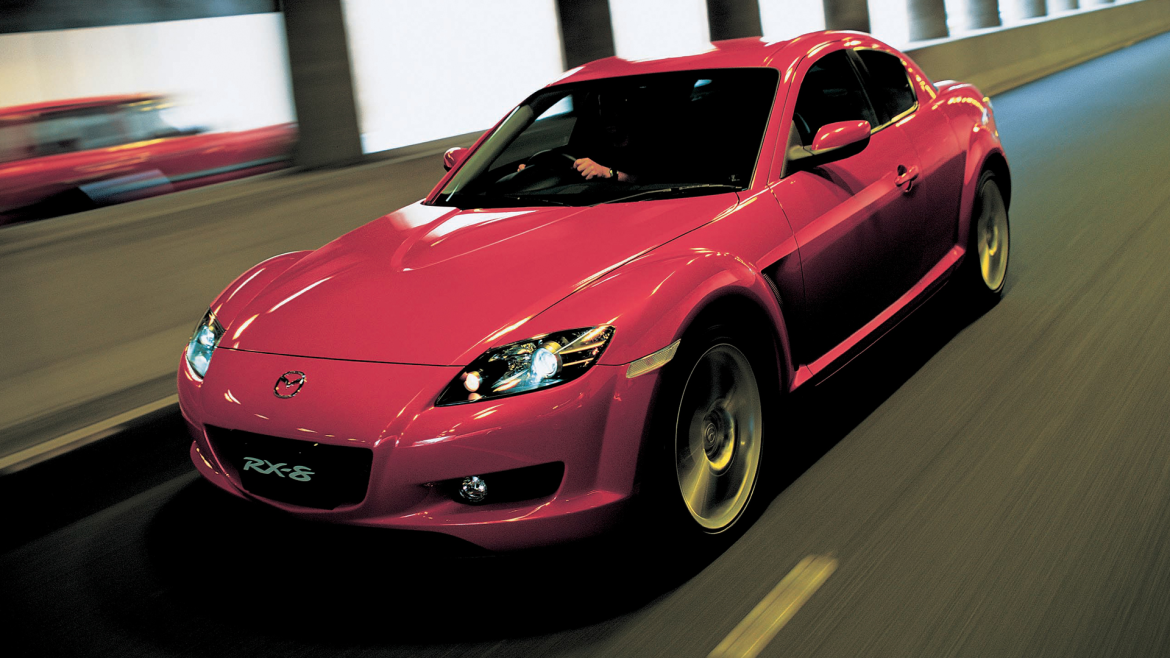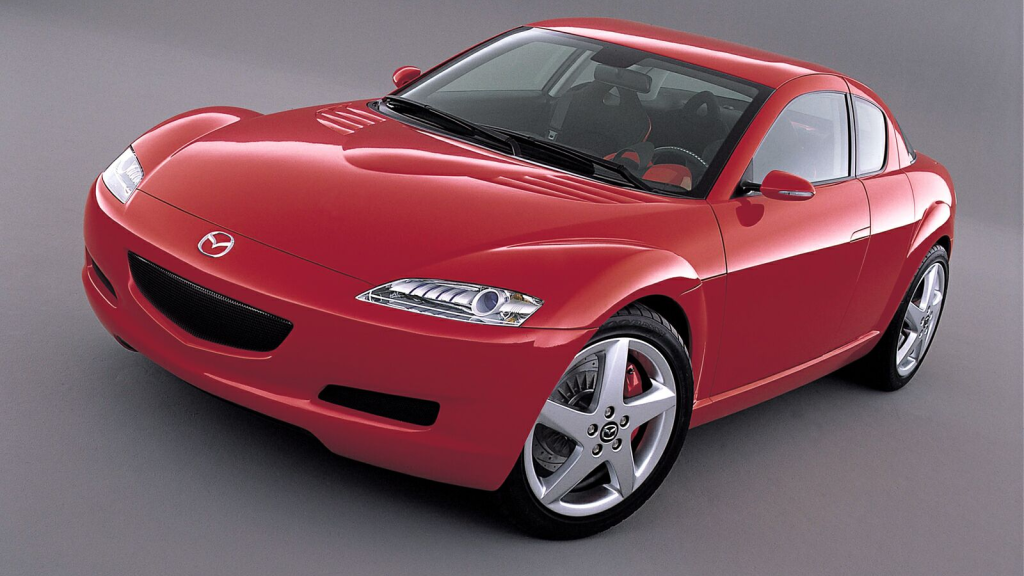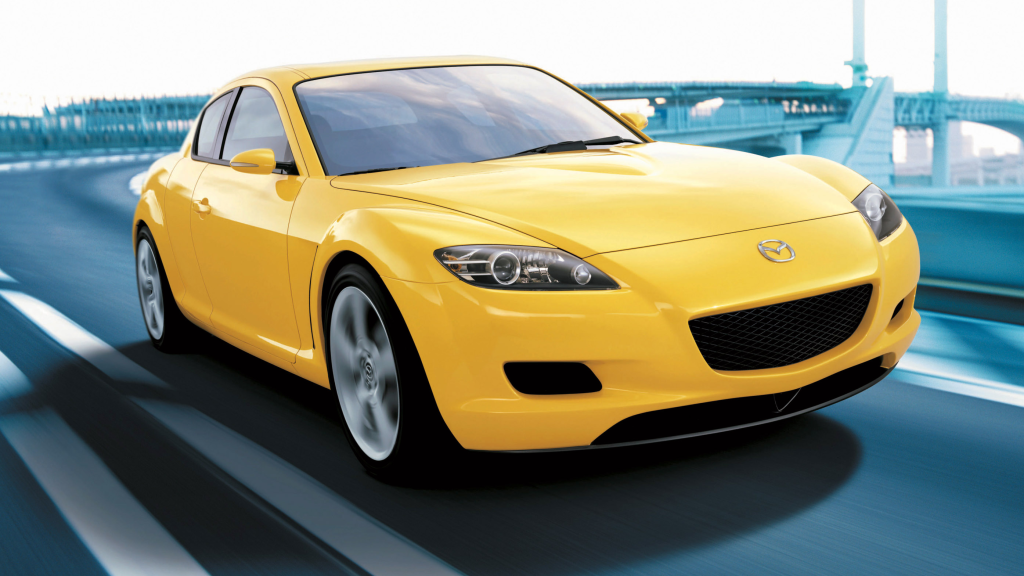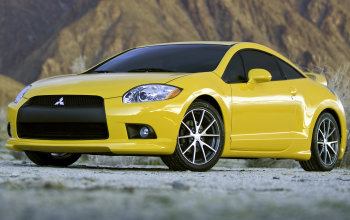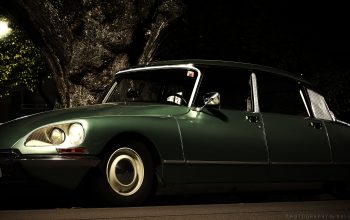Welcome to our last Car of the Week article on our website, and this week, I will be taking one big look at one of the finest sports cars made in early 2000’s, the Mazda RX-8. It is already an icon amongst the tuner car enthusiasts and established itself as an affordable alternative to its renowned predecessor. We have a lot of ground to cover, so without further ado, let’s get into it.
In The Beginning
Back in the mid-90’s, the RX-7 proved itself, selling like hotcakes and revolutionizing the sports car division with its clever and unconventional Wankel powertrain. The luxurious grand tourer counterpart, Eunos Cosmo also became a huge hit, which signalled that the Rotaries were here to stay. Knowing this huge success, Mazda knew that a successor to the RX range would fare just as well, and the project began to take shape as early as late 90’s with concept cars like the RX-01, which had the early version of the 13B-MSP engine used in the RX-8 and later, the RX-Evolv in 1999. These concepts, especially the latter, foreshadowed the overall shape of the next generation RX model and established the RX-8 as a four-seater.
Finally, in 2001, the first RX-8 concept car debuted and took the press by storm as it was closer to the production model. Next year, the second concept dropped, which was basically a pre-production preview with a ”RX-8 Yellow” colour. Mazda made considerable changes to the successor to fit the contemporary market demand and ensure sales figures. The RX-8 was then introduced in 2003, being sold globally.
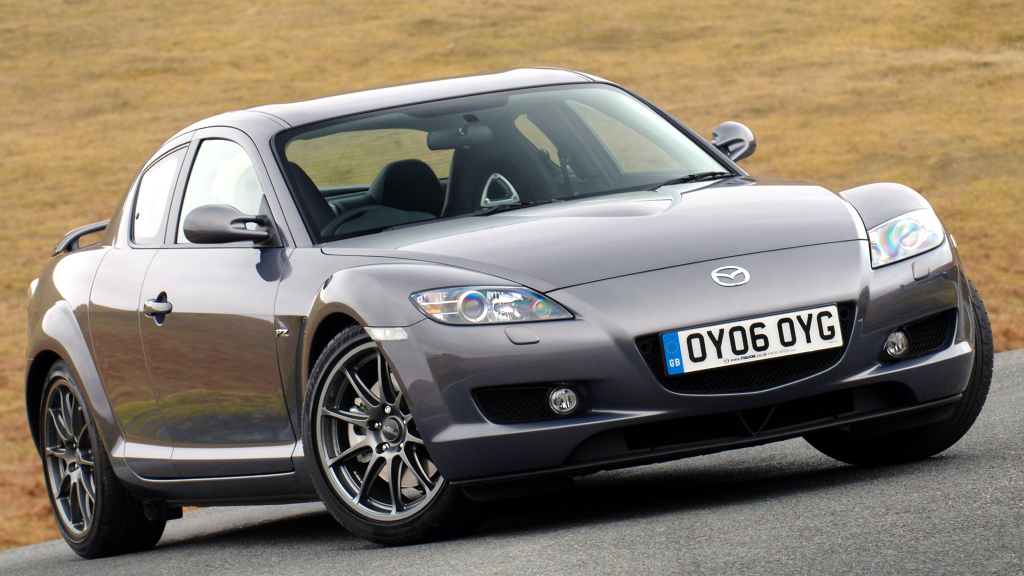
New Wankel on the Block!
Few cars could cause such a massive pop upon introduction, and RX-8 managed to be one of them. It was a considerable shift from its predecessor, but Mazda managed to execute it perfectly. Firstly, the RX-7 was a rather expensive model that costed $35,000 when new. The RX-8, however, debuted with a price tag of around $23,000, a whopping ten grand less than its predecessor. On top of it, it was a blend between a four-door saloon and a two-door coupe with its ”freestyle” doors and four seat layout, which is one of its iconic features. There were more styling cues that reminds you of its rotary heart with the subtle rotary shaped indenting on the bonnet and the front bumper, not to mention the triangle shaped rear brake light on the diffuser.
The triangle fest continues on the interior with the rotary-shaped holes on the front seats. Underneath all of this lies the reason for all of these design cues, the (in)famous 1.3-liter 13B-MSP 2-rotor Wankel engine, the initial version of which was able to produce 227 HP and 208 nm and could reach 60 mph in 6.8 seconds and a top speed of 235 km/h. The engine was connected to a 6-speed manual transmission. Despite the lack of torque, it was praised for its smooth ride and quick gear changes. Despite being a saloon, it was a rather light car at 1310 kilograms (2,900 lbs). The Wankel engine, of course, raises the important question of reliability, with Mazda claiming that the new powertrain will ensure you will never get stuck on a hard shoulder. However, it split the owners in two, as one side complained about its reliability and constant breakdowns while the other claimed that they were reliable even as a daily car and barely had any issues.
While the RX-8 owners kept bickering about its reliability, several special editions were made, including the PZ, which was a limited edition tuned by Prodrive and only sold in the UK market in 2006. It was based on the newer Renesis 13B powertrain that produced 240 HP and gave the car a better soundtrack with a new, bigger exhaust system. In 2007, the Type-S, which had the newest Renesis powertrain, became the standard RX-8 model with an improved transmission, lighter flywheel and leather interior. Generally, the first generation RX-8 sold well and enjoyed a high-profile fandom by appearing in movies like Fast and Furious series and Need For Speed video games.
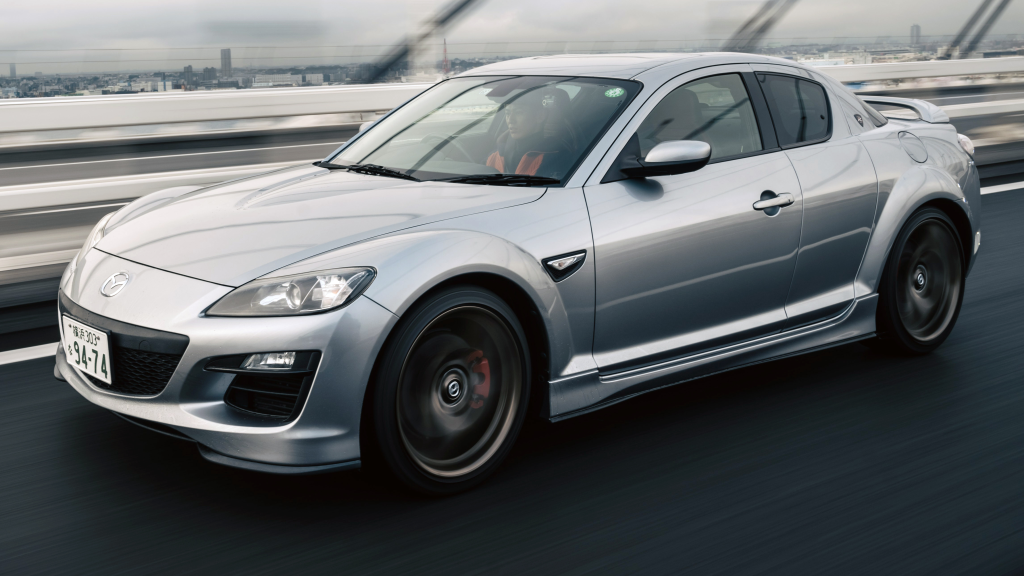
Final Phase, the Facelift and Spirit-R
In 2009, Mazda felt the need for a refresh for the RX-8 with a more modern look that reflected the change of their overall design language. The new RX-8 brought more to the table with improved suspension, a reduced final-drive gear ratio from 4.444 to 4.777 in order to boost the off-the-line performance. The Renesis II powertrain was also considerably more refined, offering better efficiency while a new catalytic converter eliminated any chances of clogging that might end up in overheating the engine, which was a common fault for engine failures in the first generation RX-8 models. Apart from improved performance, a new set of head and taillights help modernizing the model while the lip spoiler became a standard for any trim. Speaking of trims, the refresh also brought more trims to the market: the R3 being a limited edition JDM model with Bilstein suspension, Type RS being the common performance model while GT and Luxury trims focus on comfortable ride. The same 1.3-liter Renesis II engine did not bring more power under the bonnet, but the subtle changes meant that the RX-8 now could reach 60 mph in 6.1 seconds.
Mazda made a wonderful car with the RX-8, but the sales soon fell as Yen prices skyrocketed, bleeding the European sales. Therefore, they decided to end production of the model, but before it went, it went with a bang with the limited edition Spirit-R that was the fastest RX-8 ever built. It was designed to celebrate the end of the production and 1,000 units were made in total between November 2011 and June 2012. Customers could choose between a 6-speed manual or automatic transmission. Other features made for the Spirit-R were bi-xenon headlamps, front and rear red brake calipers, high performance Bridgestone Potenza summer tires, a 7.1 channel 300 watt Bose premium audio system with AudioPilot noise cancellation technology, and piano-black transmission tunnel trim. A high-pressure fuel pump was added, as was a larger radiator with faster fans to help with cooling. The cold air intake system was upgraded, and the S-DAIS gained a second intake port, which would open at 5,500 rpm to allow more air into the engine. As a result, the Spirit-R could reach 60 in 5.7 seconds and could reach 270 km/h (170 mph). What a way to end a glorious journey, isn’t it?

